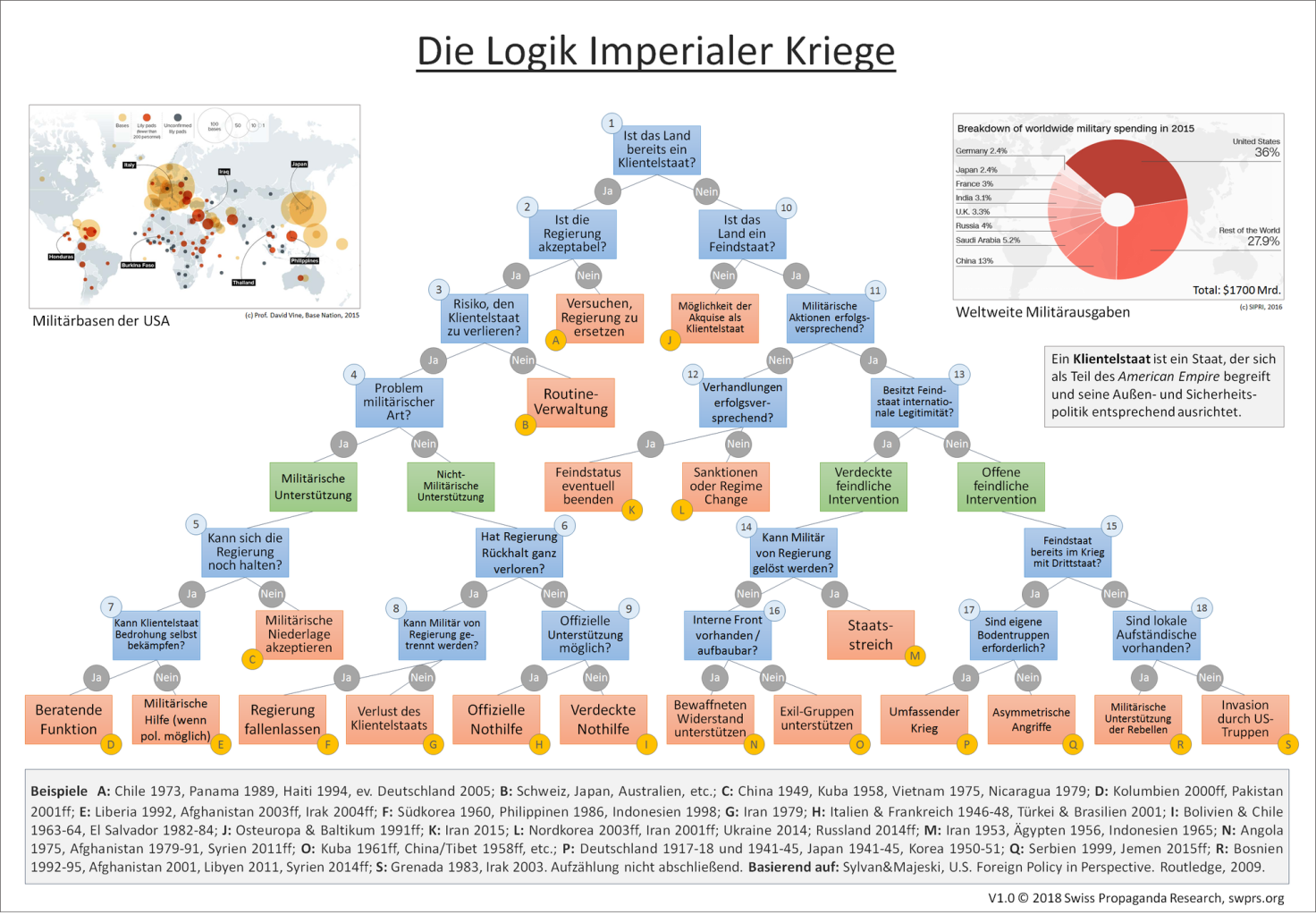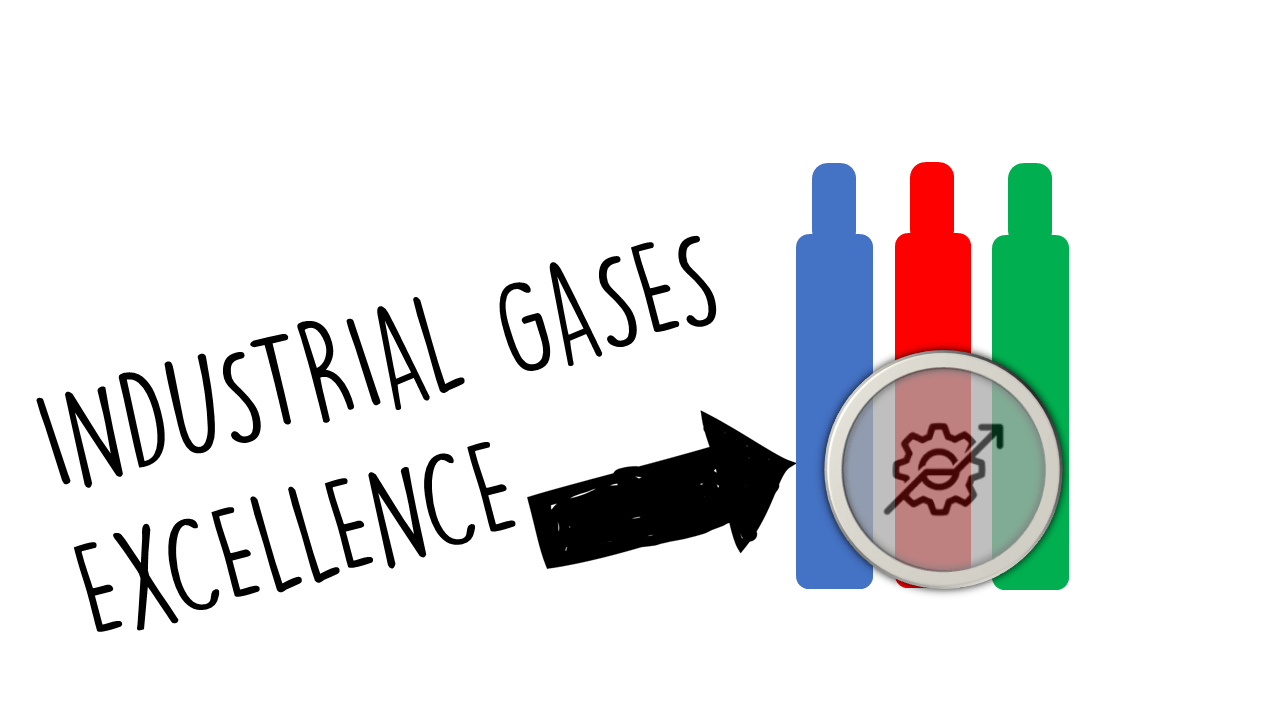1. Truman (1945–1953): Birth of the National Security State
- National Security Act of 1947 created CIA, National Security Council, U.S. Air Force.
- Doctrine of containment institutionalized long-term global commitments.
- Nuclear monopoly framed secrecy and centralized decision-making.
2. Eisenhower (1953–1961): Military–Industrial Complex
- Expanded covert operations (Iran 1953, Guatemala 1954).
- Balanced warnings: farewell address cautioned against “unwarranted influence” of the military–industrial complex.
3. Kennedy (1961–1963): CIA and Cold War Escalation
- Approved Bay of Pigs invasion (failed, deepened CIA autonomy).
- Expanded special forces and covert action.
- After Cuban Missile Crisis, sought détente, but bureaucracy pushed for continued buildup.
4. Johnson (1963–1969): Vietnam and Surveillance
- Massive expansion of military, intelligence, and covert operations in Vietnam.
- Great Society expanded domestic federal bureaucracy.
- Surveillance of activists (COINTELPRO) blurred lines between national security and civil rights.
5. Nixon (1969–1974): Secrecy and Distrust
- Centralized power in the White House, expanded FBI/CIA operations.
- Watergate exposed abuses, sparking distrust in permanent security apparatus.
6. Ford (1974–1977): Oversight Emerges
- Church Committee revealed CIA/FBI covert abuses.
- Ford’s reforms created FISA oversight framework — attempting to regulate entrenched powers.
7. Carter (1977–1981): Human Rights vs. Intelligence
- Reorganized intelligence community after scandals.
- Strengthened oversight but expanded covert presence in Afghanistan, feeding Cold War escalation.
8. Reagan (1981–1989): National Security Revival
- Huge military buildup, SDI program.
- Iran-Contra scandal revealed off-the-books networks bypassing Congress.
- Consolidated security bureaucracy under “war on communism.”
9. Bush I (1989–1993): Intelligence Insider in Power
- Former CIA director as president deepened intelligence legitimacy.
- Managed end of Cold War with continuity in covert and diplomatic tools.
10. Clinton (1993–2001): Globalization and Information Age
- Expanded intelligence focus to terrorism and cyber threats.
- Domestic expansion of federal law enforcement (FBI, DEA) through crime bills.
11. Bush II (2001–2009): Homeland Security Era
- 9/11 transformed the state: Patriot Act, Department of Homeland Security, NSA mass surveillance.
- Iraq War fueled contractor-driven military-industrial growth.
12. Obama (2009–2017): Drone Wars and Digital State
- Institutionalized drone strikes and global surveillance (Snowden revelations).
- Expanded cybersecurity and counterterrorism bureaucracy.
13. Trump (2017–2021): Clash with Institutions
- Rhetorically attacked “deep state,” yet left security/intelligence budgets high.
- Bureaucracy often constrained his policies, highlighting institutional autonomy.
14. Biden (2021– )
- Strengthened NATO, rebuilt alliances, expanded cyber/intel focus on China and Russia.
- Domestic initiatives (climate, infrastructure) rely on large federal apparatus.
- National security state continues robust with bipartisan support.
15. Critical Insight
- From Truman to Biden, the “entrenched state” grew steadily: military, intelligence, surveillance, and administrative powers became permanent fixtures of American governance.
- Presidents alternately resisted, harnessed, or expanded these powers — but none dismantled them.
- The U.S. today operates with a vast security and bureaucratic infrastructure that persists regardless of elections.
16. Power Statement
“Since 1945, U.S. presidents have overseen the rise of a permanent national security and administrative state. Built to fight wars, manage crises, and enforce stability, it has brought both protection and overreach. Whether called ‘deep state’ or ‘state power,’ its entrenchment shows how presidential legacies transcend personalities — embedding systems that outlast leaders.”– Josef David




